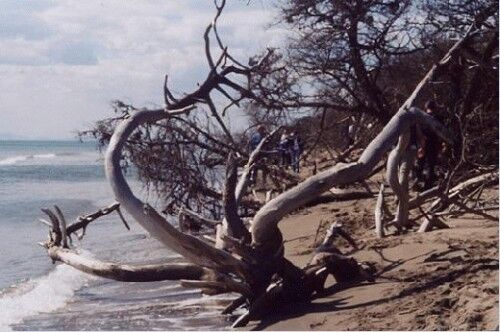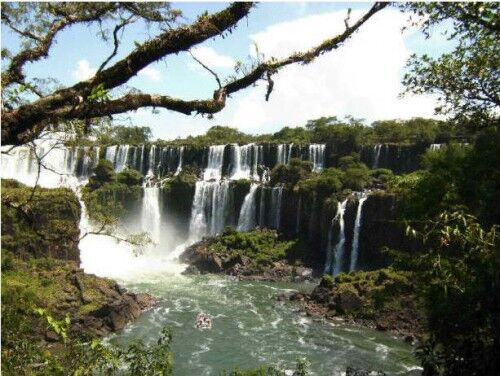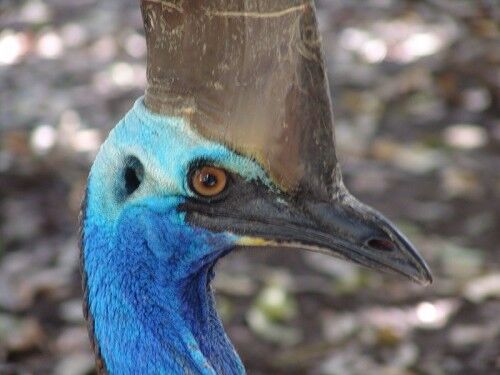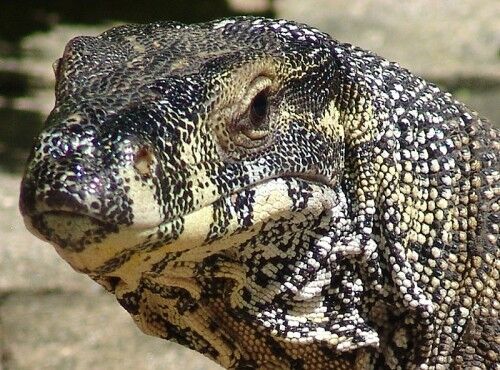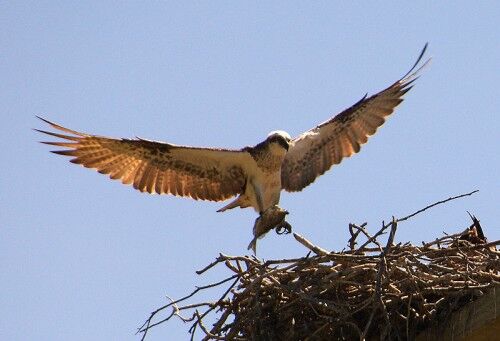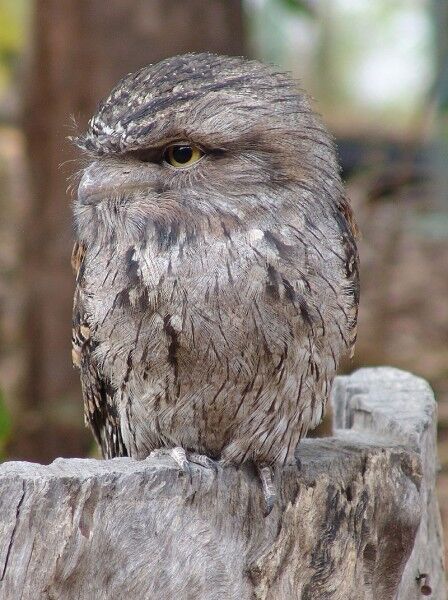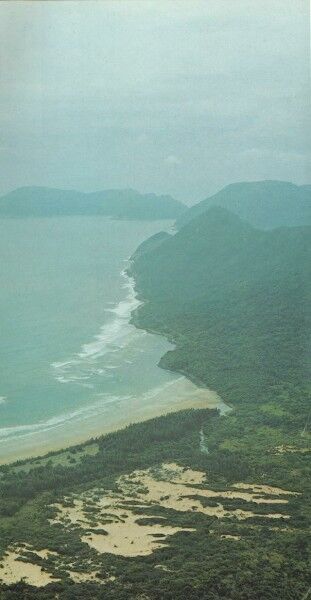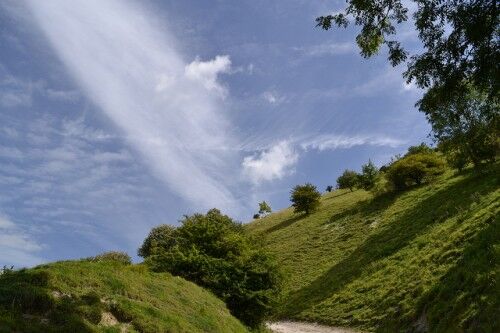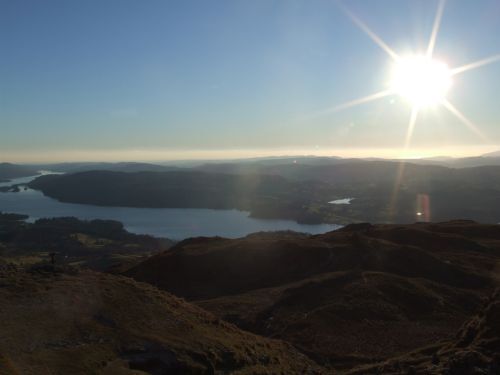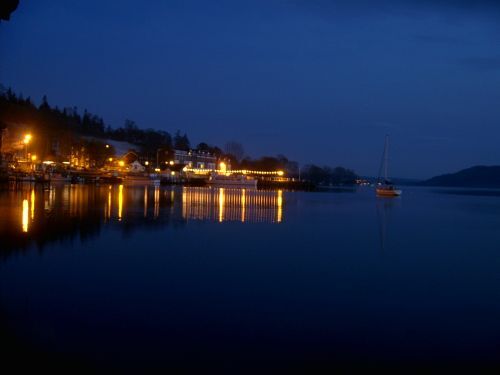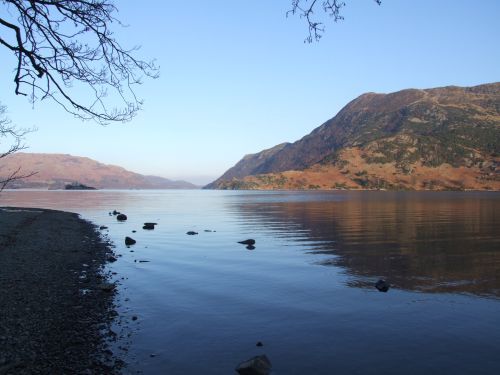Behind the massive appeal of double decker buses and the Queen’s guards, travel guide Visit London says the capital offers an abundance of open spaces, vast areas where you can breathe in the pleasures of nature without breaking the bank.
For tourists coming in from the busy London airports, it’s essential to know that once you arrive, there are a lot of options to – and from – the middle part of the city. Parking4Less, a renowned UK-based parking aggregator, claims that the fastest way to central London from Heathrow is by taking the Express. On the other hand, passengers with vehicles at Gatwick Airport can take advantage of the different parking options; depending on which terminal they arrive at.
Once you’ve arrived, the city’s excellent transportation scheme comes into play, as well as the ease of finding a rent-a-car service. For these reasons, exploring the bevy of national parks becomes as simple as a classic broil recipe. So whether you prefer a steady picnic with the family or a lively afternoon full of activities, these splendid grounds become your go-to places for fun in the UK:
Dartmoor National Park
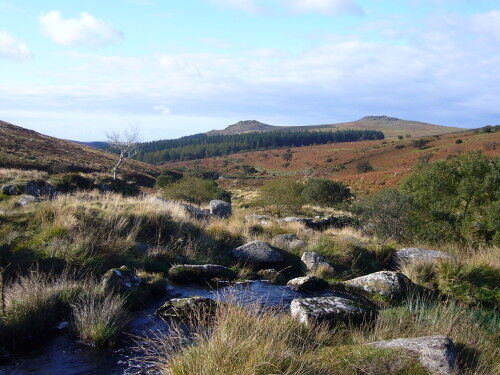
Image Credit: Wikipedia.org
The 953-square kilometre southwestern land boasts a rich history dating back from the early 1950s; tracing its roots from the 1,208 scheduled ancient mountains. Part of Dartmoor’s charm is the number of day tripping activities that include canoeing, cycling, and horse riding.
Exmoor National Park
Before its establishment in 1954, Exmoor was exclusively a scenic landscape in the southwest part of England with small towns and villages. Today, this charming field is highlighted by the fantastic view of moorlands, woodlands, and valleys.
Lake District National Park
Lake District envelops the rich part of England’s northern region – covering an area famous for its lovely landscapes and lakes. With prosperous wildlife, national heritage, and amazing sceneries, the park offers a charming spot for families and vacationers. In addition, Lake District offers plenty of hiking and walking trails.
New Forest National Park
Taking in the compact yet untamed greenery of your surroundings should be the top-most priority during your visit at New Forest. This southwest England area is one of the newer national parks in the UK and is known for having majestic old trees and adorable ponies.
North York Moors National Park
Spread across 1,434 square kilometres of land in northern London, North York Moors offers a lot of activities and attractions for the whole family. It’s also worth noting that the national park’s ideal location makes it an ideal place for tourists who just want to take part in activities such as fishing, bird watching, and even rock climbing.
Northumberland National Park
Since 1956, Northumberland is giving visitors a momentary escape from the steady vibe of northeast England. Just a short hike to the south takes tourists to the world heritage site, Hadrian’s Wall. The park is also located between the cities of Carlisle and Newcastle and is near the border of Scotland.
Peak District National Park
Peak District firmly sets its roots in the heart of England, occupying the majority of Derbyshire County. It also showcases three high character areas specifically Dark Peak, South West Park, and White Peak. Each of these has unique features, ecosystem, and archaeology.
South Downs National Park
As the only green space in Southern England that offers hang gliding, paragliding, and ballooning, South Downs has almost everything for every day-tripper. This newly established national park also has close to 750 scheduled ancient mountains, as well as 165 conservation areas.
Yorkshire Dales National Park
Designated as a national park in 1954, Yorkshire Dales enjoys a long history that attracts many tourists each year. From captivating waterfalls to beautiful meadows, everything contributes to the charm of its green space. Additionally, visitors will be one with Mother Nature while relishing activities such as pony trekking, horse riding, and orienteering.
Broads National Park
With the subtlety of a gentle landscape and the richness of historic landmarks, Broads owns the distinction of being the largest protected wetland and the third largest inland waterway in the country. Here, tourists can see some of the rarest plants and animals in the UK.

